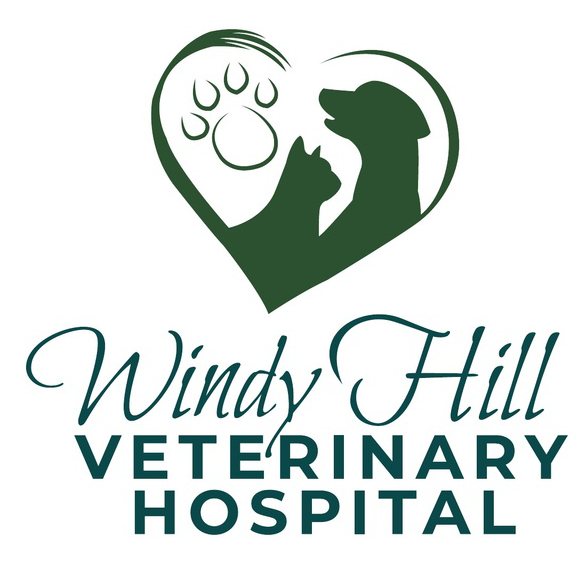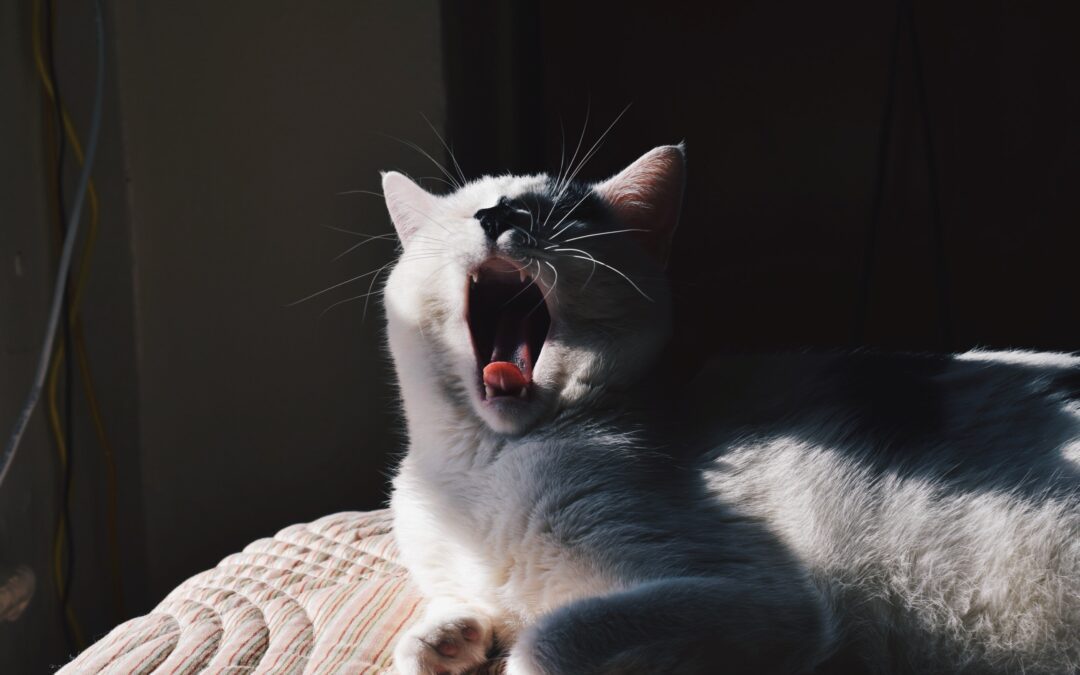Accelerate Your Pet’s Healing with Surgery Recovery Assistance
Orthopedic surgery can be a life-altering experience for your pet, and the effects may linger long after they’re back home. Ease their recovery process with these helpful tips so that your furry friend can get back to their normal routine sooner!
#1: Limit their activity
While your pet may be feeling up to playing and running around, it is essential not to overstress them while recovering from surgery. When going outside for a walk, make sure they stay on the leash at all times, quickly returning inside after bathroom breaks. It would also be beneficial to restrict their space by confining them in a kennel or small room so there isn’t too much activity that could hinder the healing process.
#2: Assist your pet in basic tasks
Ensure that your pet remains safe and injury-free by offering them some assistance while they move around. A sling or other mobility aid can help with their standing, lying down, walking, and even helping them to use the bathroom! This will not only prevent any accidents from happening but also allow your furry friend to perform necessary functions as needed.
#3: Regularly inspect the incision site
To ensure your pet’s incision heals properly, inspect the site several times daily for any sign of swelling, redness or leakage. Follow your veterinarian’s directions and keep the area clean and dry to help with a successful recovery.
#4: Use heat and ice therapy
To accelerate the healing process for your pet, try using heat and ice therapy to reduce swelling and discomfort. Initially, apply an ice pack within 72 hours of surgery; then switch to a heat pack once you’ve consulted with your veterinarian. Be sure to always use a towel as a protective layer between the cold or hot pack and your furry companion’s skin in order to protect them from possible damage.
#5: Follow medication protocols
Pain medication should still be administered to your furry friend post-operatively, even if they appear to have recovered swiftly. You may feel like the medicine is no longer necessary but continue administering as instructed nonetheless. Should you observe any adverse effects such as vomiting, diarrhea, inappetence or excessive sedation, inform your veterinarian quickly!
#6: Employ postoperative therapies
If your pet has recently undergone orthopedic surgery, postoperative rehabilitation can be critical to their recovery. With the help of certain therapies, you may find that your pet regains muscle mass and mobility more rapidly than without them. Consider exploring options such as:
- Laser therapy
- Hydrotherapy (i.e., underwater treadmill)
- Therapeutic massage
- Passive range-of-motion exercises
- Therapeutic ultrasound
- Acupuncture
- Chiropractic care
- Neuromuscular electrical stimulation
If you’re looking for an effective way to help your pet heal after surgery, don’t hesitate to get in touch with us! Our team of veterinary surgeons will be more than happy to provide assistance and create a personalized recovery plan. This means that your furry friend can make a full recovery and bounce back into good health faster than expected. So don’t wait—let our experienced professionals guide your beloved pet’s postoperative rehabilitation journey today!

